Wild Barley Genetic Variation Involved in Adaptation
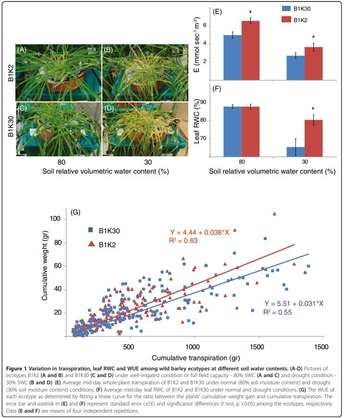
Study objective: Transcriptome sequencing of differentially adapted wild barley ecotypes from contrasting environments contributes to the identification of genes and genetic variation involved in abiotic stress tolerance and adaptation. Study Results: The desert ecotype lost more water under both irrigation and drought, but exhibited higher relative water content (RWC) and better water use efficiency (WUE, measured by Plantarray) […]
Growth and Physiological Responses of Poplars to Drought
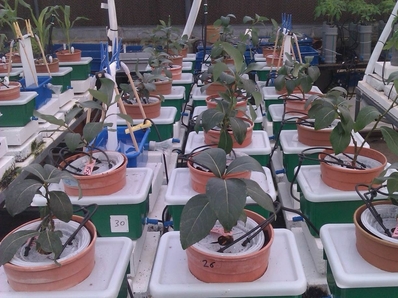
Study objective: Poplar genotypes were studied to assess the physiological basis for biomass accumulation and water-use efficiency across a range of water availabilities. Study Results: Under ample water, whole plant stomatal conductance (gs), transpiration (E), and growth rates (measured by Plantarray) were higher in anisohydric genotypes (SI and BSxSI) than in isohydric poplars (BS). Under drought, all genotypes regulated the leaf […]
Drought Stress Response Molecular Mechanisms of Pines
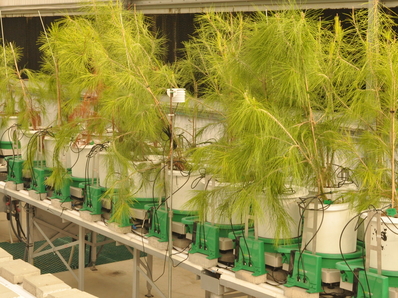
Study objective: Decipher the molecular mechanisms that P. halepensis uses to withstand drought. Study Results: Physiological response to drought stress and recovery was monitored mainly by measuring E and Gsc (measured by Plantarray). Recovery from drought-induced strong transcription of retrotransposons, especially the retrovirus-related transposon Tnt1-94. The drought-related transcriptome illustrates this species’ dynamic response to drought and recovery and unravels novel […]
Biostimulants Effect on Pepper Plant Performance
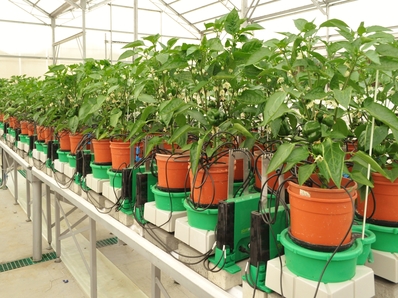
Study objectives: Two biostimulants were tested, along with a normal nutrition control treatment, in order to determine the effect on sweet pepper (Capsicum annuum) plant growth, water use efficiency, drought tolerance and resilience. All plants, excluding control plants, were exposed to drought and recovery period, and their physiological response was measured. Study Results: One of the […]
Tomato Stomatal Closure Hormonal Regulation
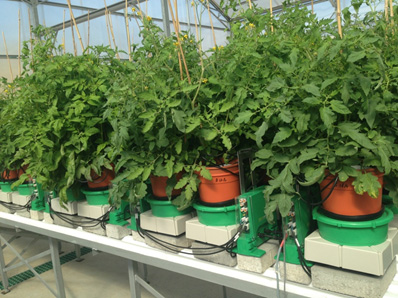
Study objective: Show the tomato (Solanum lycopersicum) DELLA protein PROCERA (PRO), a negative regulator of GA signaling, acts in guard cells to promote stomatal closure and reduce water loss in response to water deficiency by increasing abscisic acid (ABA) sensitivity. Study Results: The Tomato pro Mutant exhibits increased transpiration (measured by Plantarray). The results indicate that […]
